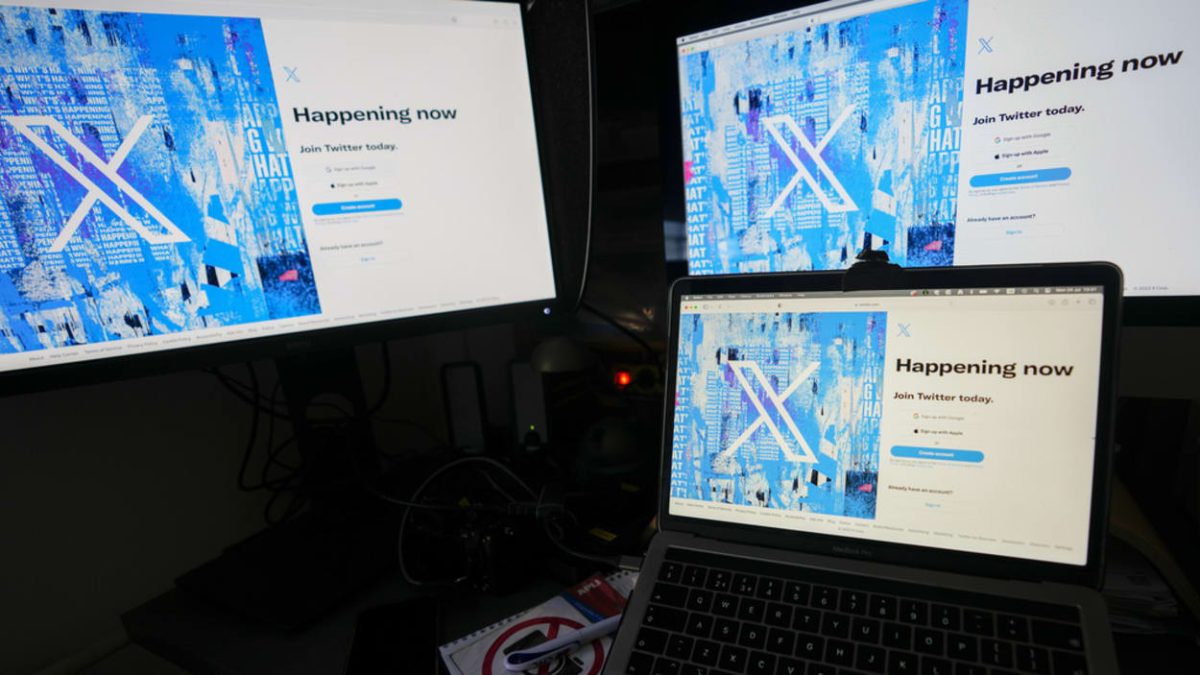Fake news has dominated much of the media cycle for the past two decades. What were once the fringe conspiracy theories of obscure online forums and chat rooms are now the subject of mainstream political discussion. It is no longer unusual for a rumor started on the internet to end up in the headlines of major news organizations. And what changed to bring about this deluge of outlandish lies and deception? Social media.
The advent of social media and the internet at large has fundamentally reshaped the way that news and information sharing works. Though there has long been a particular set of reality-impaired individuals in American society who make a living off wild tales about shadowy elite cabals that rule the world (the late Lyndon LaRouche comes to mind), never have they been able to reach so many with such ease in such an unregulated forum.
According to a 2021 survey, as many as 12% of Americans believe that the moon landing was faked and as many as 17% believe that “vaccines have been shown to cause autism” (no such link has ever been proven.) It’s even worse with explicit political questions. As of May 2023, nearly a third of Americans still believed that Joe Biden won the 2020 presidential election by way of voter fraud. Once again, he did not.
With such a large volume of misinformation floating about the web, even the most thorough people can fall for a fake story or two if it sounds believable enough that they let their guard down. So how can this pernicious phenomenon be fought? Numerous social media platforms have tried numerous methods over the years, and almost none have worked. Individual accounts that spread fake news can and routinely do get banned. However, this tactic is much like trying to clear a landfill by removing one piece of garbage at a time while more and more gets piled on every week by the truckload. But in the midst of this losing battle, a shining beacon of hope suddenly came from the unlikeliest place on the internet: Twitter.
The acquisition of Twitter (now formally called X) by billionaire investor Elon Musk is, by now, a well-known story. After purchasing the platform in October 2022, Musk took on the title of CEO and promptly went about destroying both the site and his reputation. The platform, which was once essential for journalists to keep up with breaking news, has become the very epicenter of online misinformation. Yet even as the site rapidly hemorrhaged users and advertisers, Musk made one decidedly positive change: unveiling a feature called Community Notes.
Originally started in January 2021 as a small and little-known experiment, the program was revitalized and expanded upon soon after Musk took over and quickly became the single most powerful tool against misinformation seen on any social media site to date. The way it works is fairly simple in concept, and more or less explained by the name: members of the community leave notes on posts that are in one way or another misleading, and if enough members rate the note as helpful and well-sourced, it will be publicly displayed under the post. This feature has provided average users with the ability to help combat fake news and undermined many of the infamous grifters who’ve plagued the site ever since Musk took over. One could say that it would’ve been better if the rapid proliferation of these professional con artists (a direct consequence of Musk’s moderation policies) hadn’t necessitated such a program, but if there is any silver lining to the disaster that has been Twitter/X in the past two years, Community Notes would be it.
This system is, of course, not without its flaws. Because it relies on user input, Community Notes is subject to manipulation by unscrupulous characters or inaccurate corrections on posts that have real information. Though the program does not operate off the principle of majority rule, it is still based on crowdsourcing, and crowds can all too easily be used to achieve less than noble ends. Indeed, the cracks started to show when the internet was rocked by an avalanche of misinformation about the Israel-Hamas war. An incident in October 2023 saw a note about Taylor Swift’s former bodyguard who returned to Israel to fight, falsely claiming he had never been on her security detail. Yet another post, this one a graphic video of the Hamas attacks on Oct. 7 shared by Donald Trump Jr., was marked as “an old video […] not from Israel.” Subsequent investigation proved that the video was in fact real and from Israel. Even Elon Musk himself has admitted that Community Notes can be “gamed by state actors,” albeit this only came after one of his own posts was flagged for misinformation, so the veracity of this particular claim is dubious at best.
Nonetheless, Community Notes remains by far the most effective anti-misinformation measure in the history of social media, and despite its flaws, it has proven itself a functional model for content moderation online. These flaws will require trial and error to be addressed, but as it stands, no other social media platform has a better solution to one of the most severe problems afflicting the United States today. Other major social networking sites should take the example provided by Twitter/X and run with it, experimenting with their own systems in whatever form they deem appropriate.
The cavalcade of fake news and partisan hackery that has defined America’s media landscape for the better part of this century is not the first of its kind, and chances are it won’t be the last. Just as those previous waves of yellow journalism broke upon the shores of truth and reason, so too will this one. But new problems demand new solutions, and at least for now, there seems to be no option other than the humble Community Note.


